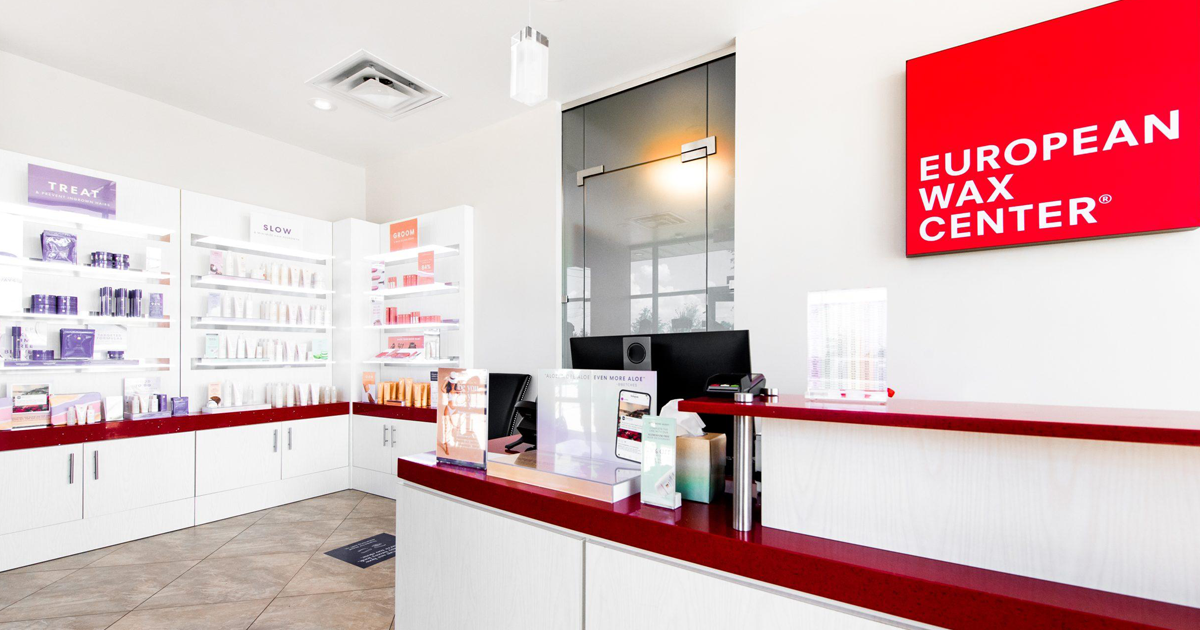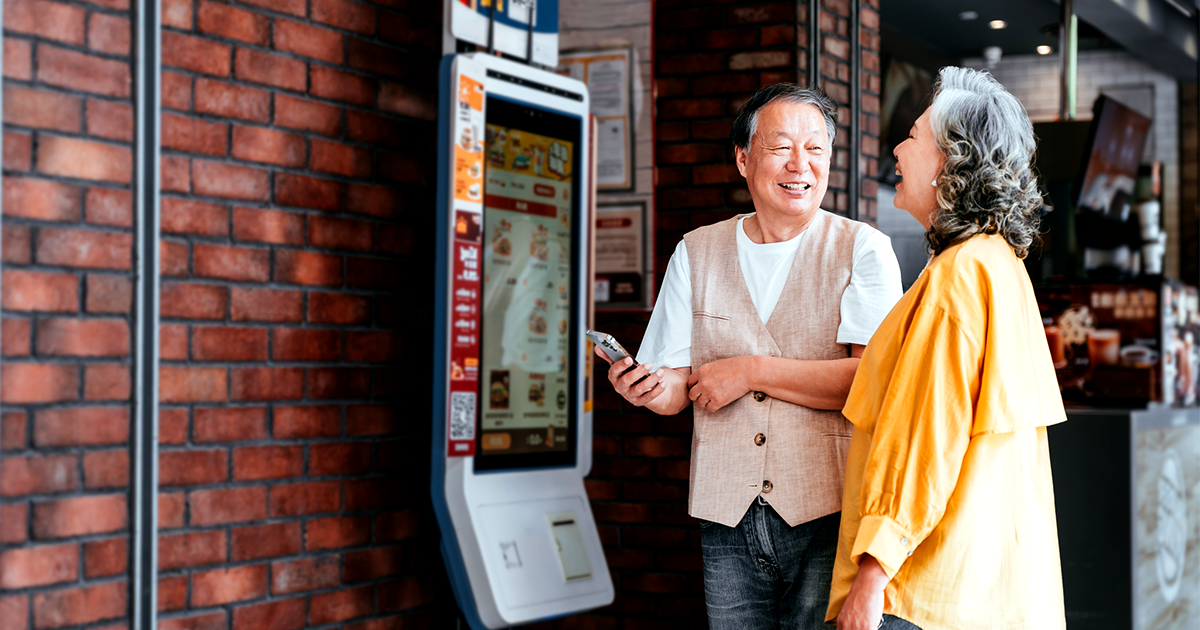Experience design for consumer services: From first touch to lasting impact
Published on Aug 07, 2025

When it comes to service industries, most of the focus on customer experience happens during the visit, whether it’s taking a fitness class, getting a haircut, or going through a car wash. That’s when feedback is gathered, issues are addressed, and performance is evaluated. But by the time the service begins, the customer’s experience is already well underway.
Today’s consumers expect interactions to feel personalized, seamless, and easy from the very first touchpoint. Their impressions are formed long before arrival—when they’re browsing options, booking appointments, or navigating reminders and instructions.
And the stakes are high. Almost 90% of buyers say a company’s customer experience is just as important as its products or services.
Yet many brands aren’t delivering on those expectations. While 80% of business leaders believe they’re meeting customer needs, only 24% of consumers agree. Even more concerning, nearly half of leaders say the gap between expectations and reality is widening. Nine in 10 agree it’s a critical challenge to bridge.
That’s why experience design is so important.
Rather than waiting to react to problems after the fact, experience design helps brands take control of the entire journey. It allows businesses to intentionally shape how customers discover, engage with, and move through their services, and sets the tone for a stronger, more consistent experience from start to finish.
What is experience design in consumer services?
Experience design is a forward-thinking approach to shaping how customers interact with your brand, from their first impression to ongoing engagement. It’s about building intentional experiences that guide every step of the customer journey.
In the consumer services space, that includes:
- Designing service packages and pricing in ways that meet customer expectations
- Creating smooth booking, check-in, and follow-up processes
- Setting the tone with a welcoming, well-organized space
- Making sure your app or website makes it easy to learn, book, or ask for help
- Training staff to deliver consistent, supportive interactions
- Structuring loyalty programs or subscriptions to keep people coming back
Instead of reacting after something goes wrong, experience design helps brands shape what happens before a customer ever walks in the door. Being intentional from the start helps make sure every interaction feels connected, convenient, and consistent.
The result? Less friction, more loyalty, and stronger results for the business.
Why experience design is essential for consumer services
Service expectations are changing quickly, and so is how consumers judge the value of a membership or appointment-based experience. People aren’t just looking for access to a service—they want that service to feel seamless, personal, and worth their time and money.
In fact, consumers today expect businesses to understand their preferences, anticipate their needs, and respond quickly when something doesn’t go right. When those expectations aren’t met, frustration builds and loyalty can fade just as quickly.
What’s getting in the way of better service experiences?
Delivering consistent, high-quality service is harder than ever, and not because teams aren’t trying. It’s because many are still working within outdated systems or disconnected workflows that create friction along the way.
Common roadblocks include:
- Limited personalization that makes customers feel like a number
- Delays, long wait times, or confusing check-in processes
- Disjointed touchpoints that lack continuity between digital and in-person interactions
- Staff overwhelmed by manual tasks instead of focused on service delivery
- Lack of tools to anticipate needs or close the loop on feedback
Experience design helps solve these problems by focusing on every step of the journey—before, during, and after the actual service provided. When you design with intention, your teams can deliver smoother, smarter experiences that feel valuable to each customer.
That’s not just good business. It’s a competitive edge.
Design smarter service experiences with always-on communities
Want to know what people really think about your offerings, scheduling process, or communication strategy? Don’t wait for churn to tell you something’s off. Engage your customers early and often.
Always-on communities give service-based brands a direct line to the people who matter most. Whether they’re for spa members or pet grooming customers, these communities offer an ongoing dialogue that helps you refine services, test new ideas, and build better experiences before issues arise.
Communities help you gather input on things like onboarding flow, appointment scheduling, perk preferences, or mobile app features. And because this feedback happens in context and over time, you'll get the clarity needed to design experiences that feel more intuitive and valuable to your members.
Everyone wins. People who help shape services tend to stay engaged and committed, and they often turn into advocates when they know their voices are being heard.
Community input powers better personalization
Personalized service sets great experiences apart, but real personalization takes more than basic preferences or usage stats.
With community feedback, you can hear directly from your members across different segments and life stages. You can better understand what motivates long-time customers to stay, what frustrates new joiners, and what perks different audiences find most valuable.
Whether you're refining a wellness program, introducing a tiered subscription model, or launching a referral incentive, community insights help ensure your strategy resonates. By co-creating with your members, you can deliver experiences that feel relevant, human, and worth sticking with.
And it pays off. Brands that excel at personalization are 71% more likely to report improved customer loyalty.
The future of experience design in consumer services: Where brand, customer, and employee input work together
In the world of consumer services, experience design isn’t just adding new perks or updating your app interface. It’s about staying closely connected to your customers and teams as expectations evolve and competition intensifies.
Whether it’s a prepared meal plan or a wellness program, the service experience is defined by each interaction along the way. Designing with intention means making sure each part of the journey, from appointment booking to staff interactions to follow-up communication, reflects what your customers truly care about. It also means equipping your employees with tools and processes to deliver those experiences with ease and consistency.
Want to create long-term value that stands out?
Differentiation in the service space doesn’t happen by accident. It’s the result of designing experiences that feel thoughtful, consistent, and genuinely helpful. When you center design around real input from both customers and employees, you’re able to create services that are easy to use and hard to leave.
Let’s build smarter, more connected experiences that lead to lasting loyalty.
Related articles

From barriers to breakthroughs: How to turn CX insights into real impact
CX leaders know collecting data isn’t the problem—it’s turning insights into action. Explore common barriers holding brands back and the strategies that transform customer feedback into meaningful results.

From first impressions to lasting loyalty: Insights from European Wax Center
Discover how European Wax Center builds loyalty through human connection, actionable feedback, and AI-driven customer experience insights.

Loyalty that lasts: Turning rewards into repeat visits
Loyalty is common, but value is rare. Learn how UK restaurants can stand out with programs that deliver simple and consistent rewards guests love.